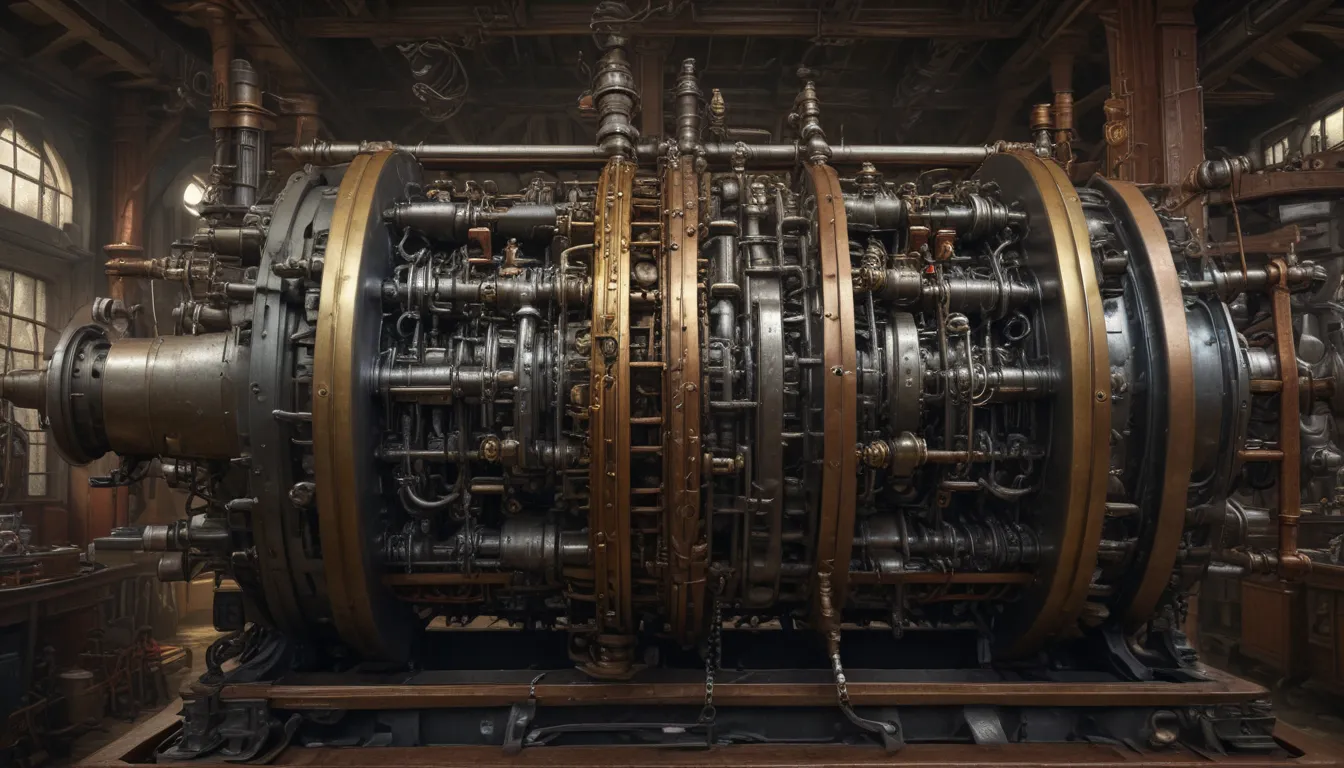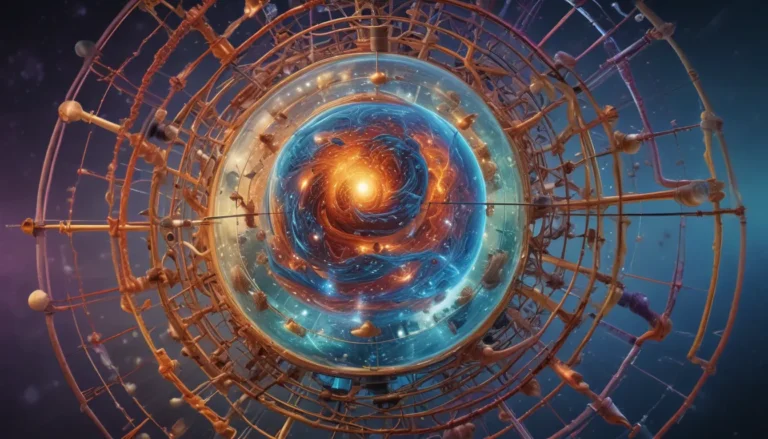A Note About Images: The images used in our articles are for illustration purposes only and may not exactly match the content. They are meant to engage readers, but the text should be relied upon for accurate information.
Welcome to the world of the Carnot Engine, a groundbreaking creation that has revolutionized our understanding of thermodynamics and energy conversion. Named after the visionary French physicist Sadi Carnot, this theoretical engine may seem abstract, but its impact on the field of physics is undeniable. Join us on a journey as we uncover ten astonishing facts about the Carnot Engine that will leave you in awe of its capabilities.
The Origins of the Carnot Engine
The Carnot Engine takes its name from the renowned French physicist Sadi Carnot, a pioneer in the field of thermodynamics. His groundbreaking work on heat engines laid the foundation for the development of this remarkable invention.
An Idealized Heat Engine
Often referred to as an idealized heat engine, the Carnot Engine operates under specific assumptions to maximize efficiency. While it may not be a practical engine, it serves as a benchmark for comparing the performance of real heat engines.
The Intricacies of the Carnot Cycle
At the heart of the Carnot Engine lies the Carnot Cycle, a theoretical process consisting of two isothermal and two adiabatic processes. This cycle allows for the efficient transfer of heat and work within the system.
Energy Conservation in Action
Operating on the principle of energy conservation, the Carnot Engine embodies the First Law of Thermodynamics. By extracting heat energy from a high-temperature reservoir, converting it into work, and expelling the remaining heat, the engine showcases the essence of energy transfer.
Efficiency at Its Peak
The efficiency of the Carnot Engine is directly influenced by the temperatures of the reservoirs it operates between. With a formula to calculate efficiency based on temperature differentials, the engine boasts the highest possible efficiency for a heat engine.
A Reversible Wonder
The Carnot Engine’s reversibility sets it apart, enabling it to function in both forward and reverse directions. While in the forward mode it converts heat into work, in reverse, it can absorb work and act as a refrigerator or heat pump.
The Elusive Carnot Efficiency
While real-world engines strive to achieve the efficiency of the Carnot Engine, practical limitations such as friction and heat losses make it unattainable. The Carnot Efficiency serves as an upper limit that underlines the challenges faced in achieving ideal performance.
Paving the Way for Thermodynamic Laws
The study of the Carnot Engine played a pivotal role in the formulation of the Second Law of Thermodynamics. By delving into the concept of entropy and the restrictions placed on heat engines, the Carnot Engine laid the groundwork for modern thermodynamic principles.
Practical Applications in Refrigeration
While the Carnot Engine itself remains a theoretical concept, its principles find practical applications in refrigeration and air conditioning. By forming the basis for optimization in refrigeration systems and heat pumps, the Carnot Cycle continues to influence engineering practices.
Continuing Legacy and Impact
From its conceptualization by Sadi Carnot to its implications in various industries, the Carnot Engine continues to astound scientists and engineers with its ingenuity. By delving into the realm of thermodynamics and energy transfer, the Carnot Engine showcases the remarkable capabilities of human innovation.
Unraveling the Mysteries of the Carnot Engine
In conclusion, the Carnot Engine stands as a testament to human ingenuity and scientific exploration in the realm of thermodynamics. Its impact on the field of physics, energy conversion, and heat engines is a testament to its significance. By understanding the intricacies of the Carnot Engine, we gain valuable insights into the principles that govern energy transfer and efficiency in modern-day applications.
FAQs
- What is a Carnot engine? – An idealized heat engine named after Sadi Carnot that achieves maximum efficiency and serves as a benchmark for real-world engines.
- How does a Carnot engine work? – By utilizing heat reservoirs at different temperatures in a cycle of energy conversion.
- What is the efficiency of a Carnot engine? – Efficiency is determined by temperature differentials between reservoirs.
- What are some applications of the Carnot engine? – Practical applications in refrigeration systems and heat pumps.
- What are the limitations of the Carnot engine? – Practical limitations such as friction and energy losses prevent achieving ideal efficiency.
Embark on a journey through the realm of the Carnot Engine and discover the wonders of energy conversion and thermodynamics. Join us in exploring the remarkable capabilities and impactful legacy of this theoretical engine that continues to inspire advancements in engineering and physics.






